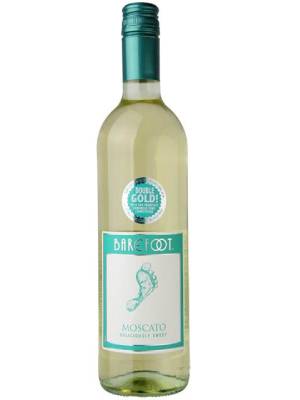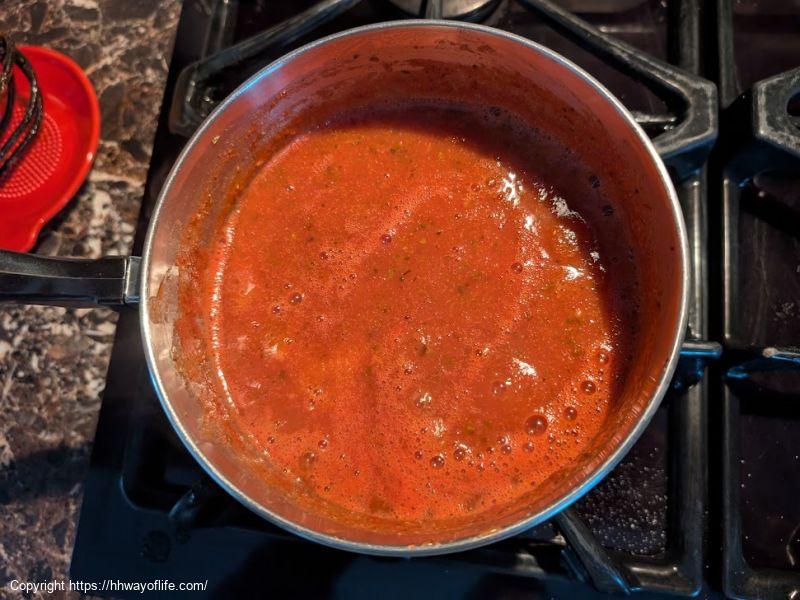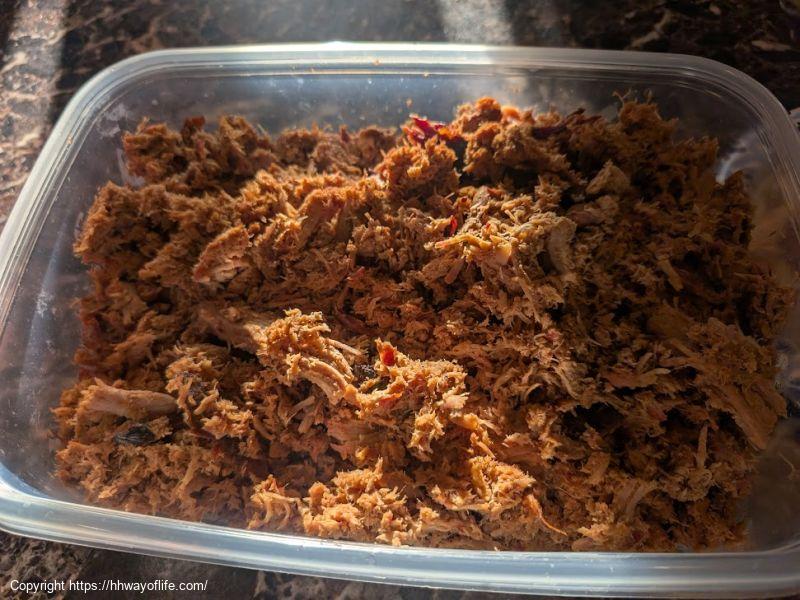Food Nutrition Facts
Nutrition Facts For
Wine - Moscato (White)
Portion Size: 1 glass (5 ounces)
| Nutrient | Value | % Daily Value* |
|---|---|---|
| 121.0 kcal | 6% | |
| 0.0 g | 0% | |
| 0.0 g | 0% | |
| 0.0 mg | 0% | |
| 4 mg | 0% | |
| 0.0 mg | 0% | |
| 14.8 g | ||
| 0.0 g | ||
| 14.8 g | ||
| 14.8 g | ||
| 0.1 g | ||
| White Wine |
*Daily value based on a 2,000 calorie diet. Your daily values may be higher or lower depending on your calorie needs and health goals.
Calculate your daily calorie needs here
Nutrition Facts For 1 glass (5 ounces) of Wine - Moscato (White)

Moscato (pronounced moe-ska-toh) is a sweet and often slightly fizzy wine known for its intensely fruity and floral aromas. Primarily made from the Muscat grape family, one of the oldest and most widely planted grape varieties in the world, Moscato offers a delightful and approachable drinking experience.
Key Characteristics:
- Sweetness: Moscato is typically a sweet wine, with varying levels of residual sugar depending on the specific style. This sweetness is a defining characteristic and contributes to its popularity.
- Aromatic: The hallmark of Moscato is its incredibly fragrant bouquet. Common aromas include peach, apricot, nectarine, orange blossom, honeysuckle, and sometimes a hint of grape itself. These aromas can be quite pronounced and make the wine immediately recognizable.
- Low Alcohol Content: Compared to many other wines, Moscato generally has a lower alcohol content, often ranging from 5% to 7% ABV. This makes it a lighter and more sessionable option.
- Light Body: Moscato is typically light-bodied, contributing to its refreshing and easy-drinking nature.
- Frizzante (Slightly Sparkling) or Spumante (Sparkling): Many Moscato wines, particularly those from Italy like Moscato d'Asti, are frizzante, meaning they have a gentle, slightly fizzy effervescence. Others, like Asti Spumante, are fully sparkling. However, still (non-sparkling) Moscato also exists.
Flavor Profile:
The flavors of Moscato generally mirror its aromatic profile, with dominant notes of sweet peach, ripe pear, and sometimes tropical fruit. The sweetness is usually balanced by a refreshing acidity, preventing the wine from being cloying.







